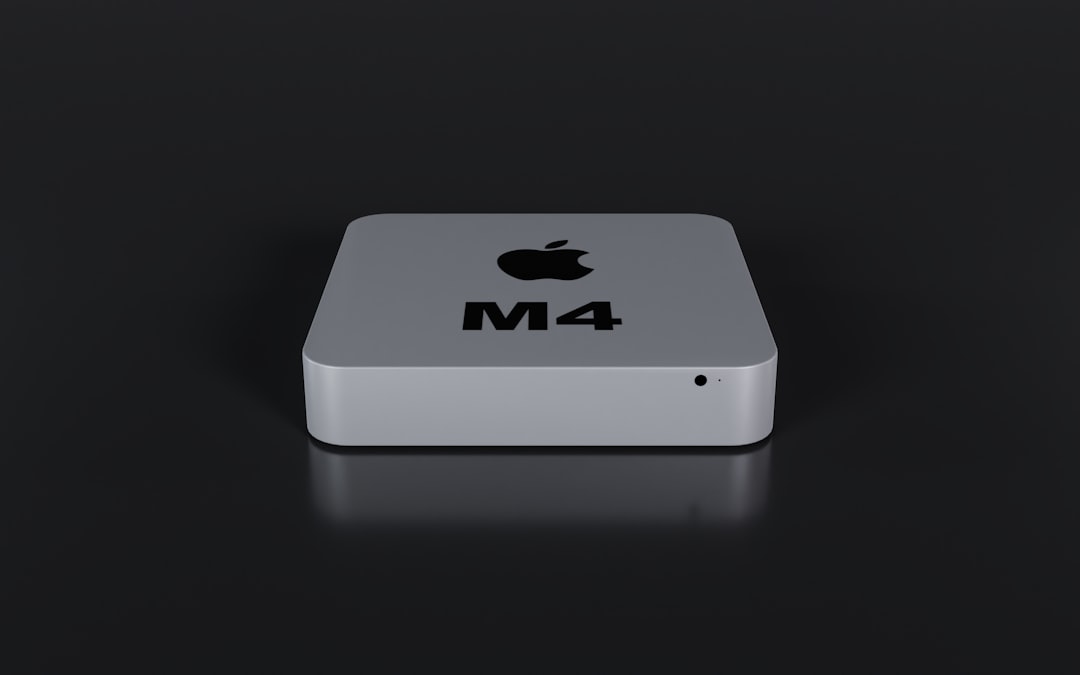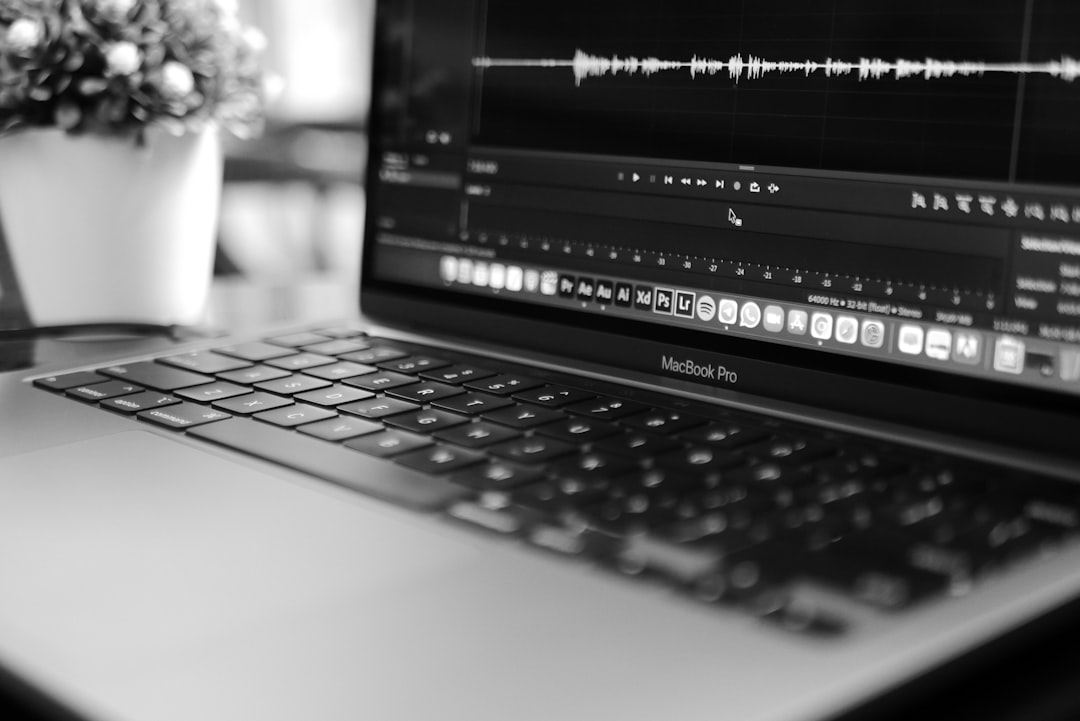
macOS Workflows to Capture Facebook Video Audio: Screen Recording, Routing, and Editing
With an ever-increasing amount of video content shared on social media, Facebook remains a major platform for streaming video. Sometimes, capturing the audio from a Facebook video on macOS becomes essential—whether it’s for personal archiving, research, or creative projects. However, macOS does not provide a built-in, one-click method to extract or record audio from streaming videos. Instead, a combination of screen recording, audio routing, and editing techniques must be employed to achieve the desired result. This article explores trustworthy, consistent, and legally respectful workflows to capture and process Facebook video audio on a Mac.
Understanding the Legal Implications
Before diving into the technicalities, it’s crucial to consider the legal framework surrounding audio extraction. Facebook videos often contain copyrighted content, and recording or redistributing this audio without permission may violate intellectual property laws or Facebook’s terms of service. Always ensure you have appropriate permissions or are using the content under fair use guidelines for education, commentary, or personal reference.
Step 1: Capturing Audio Through Screen Recording
The most accessible approach to recording audio is through screen recording using macOS’s built-in tools. However, macOS doesn’t allow internal system sound recording by default. We’ll address this with third-party audio routing tools.
Using QuickTime Player
QuickTime Player comes preinstalled and offers an easy method for screen recording. However, to capture internal audio—such as the sound from a Facebook video—additional steps are required.
- Open QuickTime Player and navigate to File → New Screen Recording.
- Click the dropdown arrow next to the red record button to select a microphone source.
- At this point, the internal audio won’t be listed unless you’ve installed a virtual audio routing driver such as BlackHole or Loopback.
These tools create a virtual audio device that channels system sound into the recording input.
Installing BlackHole for Audio Routing
BlackHole is a free and open-source audio loopback tool for macOS. It enables you to route audio from applications directly into QuickTime or your Digital Audio Workstation (DAW):
- Download and install BlackHole from its official website.
- Open Audio MIDI Setup on your Mac.
- Create a Multi-Output Device that includes both BlackHole and your standard speakers or headphones.
- Set the Multi-Output Device as your system’s audio output in System Preferences → Sound.
Now any audio played—including from Facebook videos in Safari or Chrome—will be routed through BlackHole and can be captured during QuickTime screen recordings.

Step 2: Recording the Facebook Video
After setting up routing, the next step is to record the video and isolate the audio.
- Navigate to the Facebook video you wish to record using a browser.
- Ensure your modified audio output (via BlackHole or another router) is selected.
- Open QuickTime Player and initiate a new screen recording session.
- Choose to record only the video window to avoid capturing unnecessary screen activity.
- Begin playback of the Facebook video and click Record in QuickTime.
- When the video ends, stop the QuickTime recording and save the file.
At this stage, you’ll have a .mov or .mp4 file with both the screen and audio. If your goal is to capture just the audio, proceed to the editing stage.
Step 3: Extracting and Editing the Audio
Now that you’ve captured the video and system audio, you’ll want to extract or refine the audio portion. This can be done using a basic tool like Audacity or professional software like Adobe Audition.
Using Audacity for Audio Extraction
Audacity is a free, open-source audio editor available for macOS.
- Install Audacity if you haven’t already.
- Navigate to File → Import → Audio and select your video recording.
- Audacity will extract the audio data from the video file.
- Use built-in filters to clean up noise, normalize levels, or isolate segments of interest.
Export the final audio file in your preferred format (e.g., MP3, WAV) using File → Export → Export as MP3.
Professional Alternatives
For higher-precision editing or batch processing, Adobe Audition or Logic Pro X may be more appropriate tools. These allow detailed EQ adjustments, multitrack editing, and audio restoration features.

Advanced Audio Routing with Loopback
If you are a frequent user of audio routing workflows, consider investing in Loopback by Rogue Amoeba. Unlike BlackHole, Loopback offers a GUI-based interface to route audio between applications with fine-grained control.
Using Loopback, you can configure a virtual device that channels audio from web browsers directly to recording software. This eliminates many of the steps in setting up devices in Audio MIDI Setup and provides greater flexibility.
Key Advantages of Loopback
- Custom routing presets with advanced channel mapping
- Real-time monitoring of audio sources and levels
- Integration with applications like OBS, ScreenFlow, or Audition
Loopback is especially useful for streamers, podcasters, or educators who need reliable and reusable workflows.
Automation and Productivity Tips
Once you’re comfortable with the workflow, you can use macOS automation tools such as Automator or Shortcuts to streamline the process of preparing your recording environment.
Automator Suggested Workflow
- Activate Multi-Output Device via shell script
- Launch QuickTime Player with a new screen recording
- Open Facebook in your default browser
This type of automation saves time, especially when dealing with multiple recordings or recurring tasks.
Final Thoughts
Capturing Facebook video audio on macOS is a multi-step process that involves screen recording, internal audio routing, and audio editing. While not a straightforward task due to macOS’s security model, tools like QuickTime, BlackHole, Loopback, and Audacity provide a trusted and effective pathway.
Whether you’re a content creator, digital archivist, or enthusiast, understanding these workflows empowers you to responsibly extract and enhance audio for your projects. Always stay informed about permissions and rights to avoid any unintended legal consequences.
With a little setup and some best practices, your macOS system can become a powerful audio capture and editing workstation, capable of producing high-quality results from Facebook and beyond.